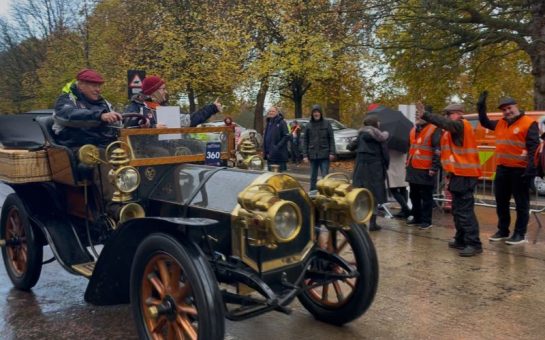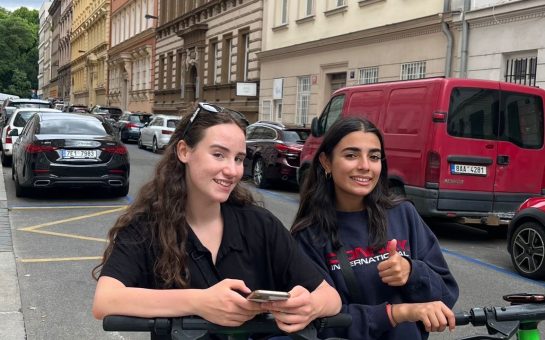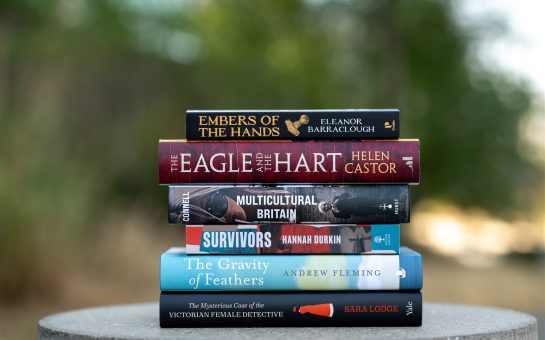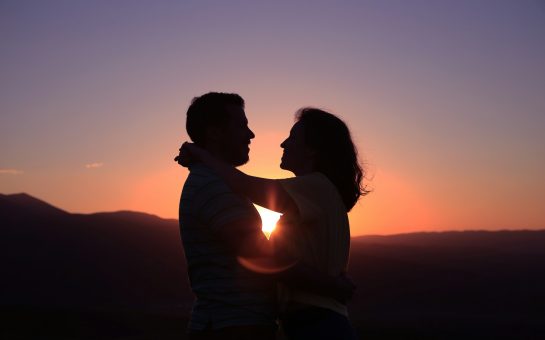The Natural History Museum in Kensington has opened a new exhibit examining the past, present and future of the human impact on the world.
The exhibition, called ‘Our Broken Planet’, will be released in three parts over the course of the year, and begins by looking at food and agriculture.
The exhibit features work from the museum’s 300 scientists, who submitted items and recordings and lead curator Louis Buckley explained that its design was influenced by the upcoming UN meetings on biodiversity and climate change.
He said: “These are potentially pivotal moments in the global challenges we currently face, and so we wanted the display and our wider programme of web content and live events to coincide with these milestones.”
Many of the exhibits examine not just the direct impact of human action, such as agriculture and fishing but the consequences these actions have up and down the food chain.
Features that didn’t make the final cut include a display examining the London Underground’s unique species of mosquito and a semi-fossilised tree that was too large for the exhibit hall.
Alongside exhibits describing problems are showcases of research finding solutions, and displays of the scientific whimsy of the museum’s research staff and curator.
The preserved skeleton of a black marlin is used to demonstrate the impact of overfishing, but the positive future prospects of seaweed farming and jellyfish cuisine are discussed not far away, featuring the work of plant-based chef Kirk Haworth.
Another prevalent theme of the exhibition is the effect of the pandemic.
The lockdown has had a profound impact on the museum, closing its wildlife garden and limiting the hours of it’s many research staff.
The first items visible on entering are focused on this wildlife garden and the research into Covid-19 vaccines, which uses chemicals sourced from the blue blooded horseshoe crab.
The exhibition is free for the public to access, although the National History Museum is currently operating at a reduced capacity, with guests asked to book a timeslot in which they are free to explore the gallery without risk of crowds.




